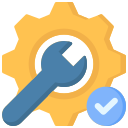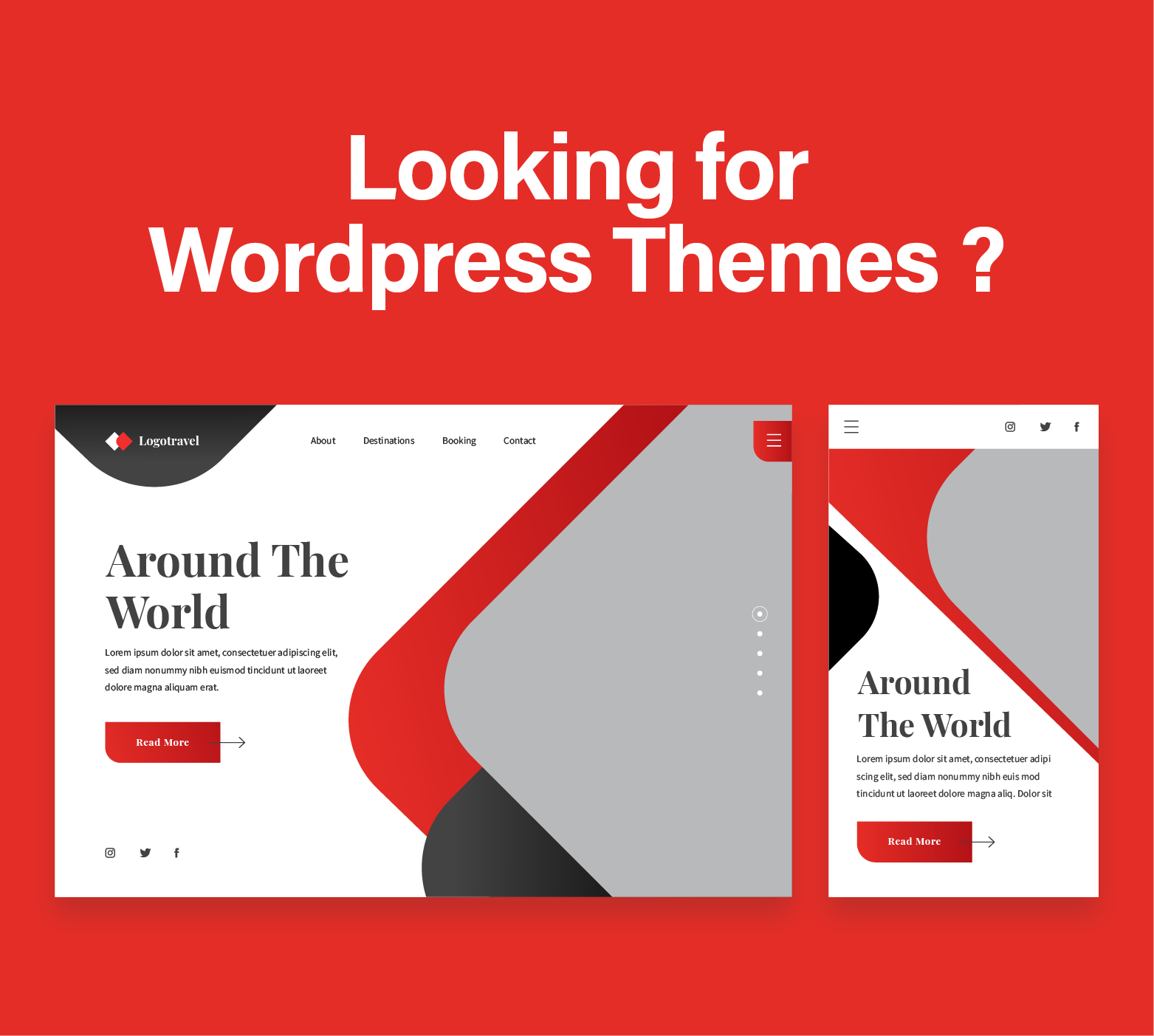If you’re new to WordPress, one of the first questions you’ll likely ask is: What’s the difference between posts and pages? While both are essential content types in WordPress, they serve different purposes. Understanding these distinctions is crucial for creating an organized, user-friendly website that meets both your needs and those of your visitors.
In this article, we’ll explore what posts and pages are, highlight their differences, and guide you on when to use each one. By the end, you’ll have a clear understanding of how to best use posts and pages to build a more effective WordPress site.
Do you need a wordpress agency for maintenance, or custom wordpress website ? No problem, our agency is here to help.
1. What Are Posts in WordPress?
Posts are time-stamped entries that appear in reverse chronological order on your WordPress site. Often associated with blogs, posts are designed to be dynamic and frequently updated. Think of them as your website’s news feed, where you share updates, articles, announcements, and other timely content.
By default, posts are displayed in the blog section of a WordPress site, but they can also be organized and displayed through categories and tags, making them easy to search and navigate. Every post you publish is archived, so older posts remain accessible but are typically pushed down as new posts are added.
2. Key Characteristics of WordPress Posts
- Chronological Organization: Posts are displayed in a timeline fashion, with the newest post at the top. This structure works well for blogs, news sites, and any content meant to be updated frequently.
- Categories and Tags: WordPress allows you to organize posts using categories and tags, which helps readers find related content. Categories are broader classifications, while tags are more specific.
- Author and Date Information: Each post shows its publication date and author, which can help visitors understand when the content was created and who wrote it.
- RSS Feeds and Social Sharing: Posts are designed for sharing and syndication. They automatically appear in your site’s RSS feed, allowing readers to subscribe to updates. Additionally, posts often feature social sharing options to help increase visibility.
- Comment Section: Posts usually have a comment section enabled, encouraging interaction and discussion from readers. This feature makes posts ideal for engaging with your audience.
3. What Are Pages in WordPress?
Pages, on the other hand, are static and are meant to display timeless content. Unlike posts, pages are not organized chronologically and don’t appear in the blog feed. They’re best suited for content that doesn’t change frequently, such as your “About Us,” “Contact,” or “Services” pages.
In a nutshell, pages provide essential, foundational information about your website or business. Because they’re intended for more permanent content, they don’t have categories, tags, or timestamps.
4. Key Characteristics of WordPress Pages
- Timeless Content: Pages are ideal for content that remains relevant over time. Information about your business, core services, and general policies are good examples.
- Hierarchical Structure: WordPress allows you to create parent and child pages, giving pages a hierarchical structure. This feature helps organize and structure content on more complex sites, such as websites with multiple services or resources.
- No RSS Feeds: Unlike posts, pages don’t appear in the RSS feed. They’re not intended for syndication, as they contain more static information that doesn’t change frequently.
- Lack of Social Sharing and Comments: By default, pages don’t include comment sections or social sharing buttons, though these can be added manually if desired. This design encourages a more formal, informational tone rather than an interactive one.
5. Posts vs Pages: A Direct Comparison
| Feature | Posts | Pages |
|---|---|---|
| Content Type | Dynamic, time-sensitive | Static, timeless |
| Organization | Reverse chronological order, archives | Hierarchical with parent/child relationships |
| Categories & Tags | Yes | No |
| Author & Date Info | Yes | No |
| RSS Feed | Yes | No |
| Comments | Yes, by default | No, by default |
| Ideal For | Blog posts, news, announcements | About, Contact, Services, Policy Pages |
6. When to Use Posts vs Pages
With the differences outlined, let’s examine when to use posts versus pages on your WordPress site.
- Use Posts When:
- You’re adding blog entries, news updates, or any content that’s time-sensitive and frequently updated.
- You want readers to engage in discussions, share the content, or follow your posts via RSS.
- You’re organizing content into categories and tags to help readers find related posts.
- Use Pages When:
- You need static content that doesn’t change frequently, such as an About Us or Contact page.
- You’re structuring core site pages and want to organize them in a hierarchy, like creating a parent page for “Services” with child pages for individual offerings.
- You’re creating informational or foundational content that doesn’t require social sharing or commenting.
7. Can You Convert Posts to Pages (and Vice Versa)?
If you ever publish something as a post but later decide it should be a page—or vice versa—WordPress makes it easy to switch. Plugins like “Post Type Switcher” allow you to change a post to a page with just a few clicks. This feature can be handy if you change your mind about how content is organized or if your site’s purpose evolves over time.
8. Best Practices for Using Posts and Pages
- Plan Your Site Structure: Before creating content, decide what will be posts and what will be pages. Think about the long-term organization and purpose of your site.
- Use Categories and Tags Wisely: With posts, make use of categories and tags to improve navigation and searchability on your site. Over-tagging or using too many categories can clutter your site, so aim for a balanced, strategic approach.
- Keep Pages Concise and Informational: Since pages serve more static, foundational roles, focus on clarity and conciseness. Ensure that pages provide the essential information visitors need without overwhelming them.
9. Conclusion
Posts and pages each play unique roles in WordPress, serving distinct functions that, when used strategically, enhance your website’s organization and user experience. Posts are dynamic, conversational, and meant for updates, while pages are more static and used to convey essential, evergreen information. By understanding these differences and knowing when to use each, you can create a WordPress site that’s well-structured, informative, and user-friendly.
As you continue building and refining your WordPress site, remember that the right balance of posts and pages will help communicate your message effectively and keep your content accessible to visitors. Happy building!








